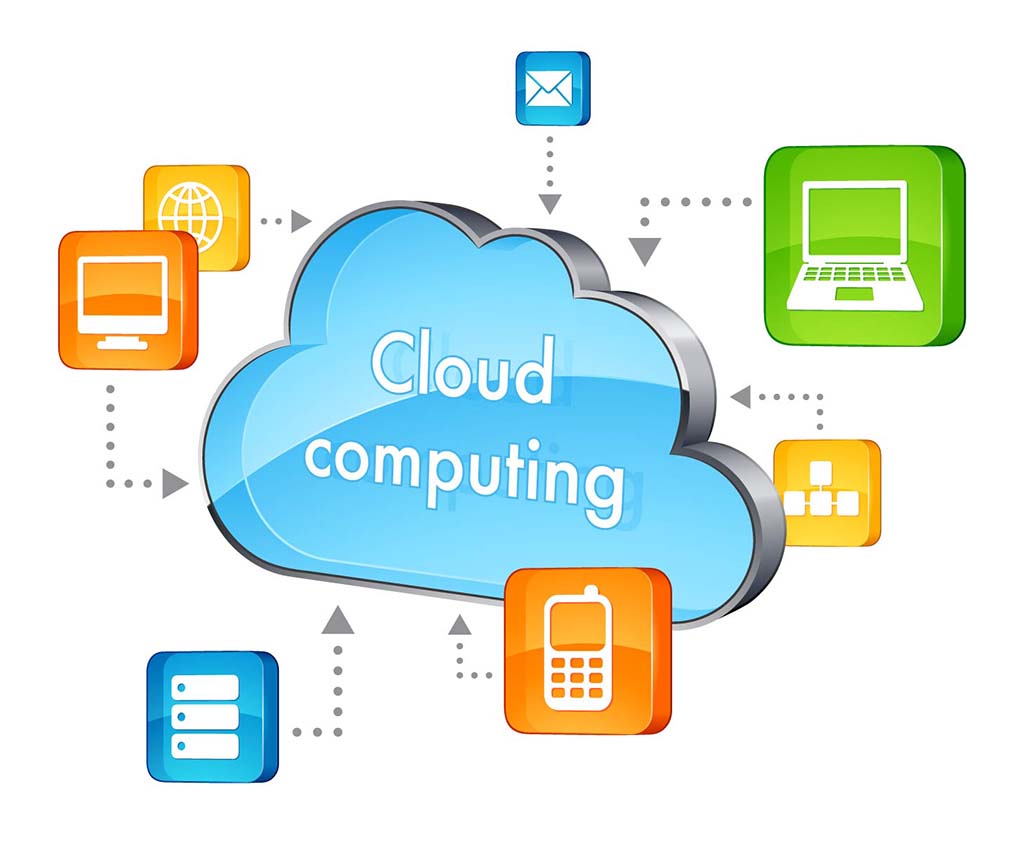Workspace For Business
Creating an effective workspace for your business is essential for fostering productivity, collaboration, and creativity among your team members. Whether you're setting up a physical office or a virtual workspace, here are some key considerations and tips for creating a conducive work environment:

Related Searches
Physical Workspace:
1. Location: Choose a location that is convenient and accessible for your employees, clients, and visitors. Consider factors such as proximity to transportation, amenities, and other businesses.
2. Layout and Design: Design the layout of your office space to optimize flow, functionality, and collaboration. Consider open-plan layouts, private offices, meeting rooms, and communal areas to accommodate different work styles and activities.
3. Ergonomics: Invest in ergonomic furniture, such as adjustable desks and chairs, to promote comfort, posture, and well-being among employees. Provide adequate lighting, ventilation, and noise control to create a comfortable and productive work environment.
4. Technology and Infrastructure: Ensure that your office is equipped with reliable technology infrastructure, including high-speed internet, Wi-Fi connectivity, printers, scanners, and audiovisual equipment, to support day-to-day operations and communication.
5. Amenities and Facilities: Offer amenities and facilities that enhance the employee experience, such as kitchens, break areas, restrooms, and recreational spaces. Consider adding perks like coffee machines, snacks, and wellness programs to boost morale and engagement.
6. Branding and Identity: Use branding elements such as colors, logos, signage, and artwork to create a cohesive and branded environment that reflects your company's identity, values, and culture.
Virtual Workspace:
1. Collaboration Tools: Implement digital collaboration tools and platforms, such as project management software, communication apps, and file-sharing systems, to facilitate remote work, collaboration, and communication among team members.
2. Virtual Meetings and Events: Host virtual meetings, webinars, training sessions, and social events using video conferencing tools and virtual event platforms to keep your team connected and engaged regardless of location.
3. Digital Security: Prioritize digital security measures, such as encryption, multi-factor authentication, and VPNs, to protect sensitive data and ensure the privacy and security of your virtual workspace.
4. Remote Work Policies: Establish clear remote work policies, guidelines, and expectations for employees, including communication protocols, work hours, availability, and performance metrics, to promote accountability and productivity in virtual settings.
5. Training and Support: Provide training, resources, and technical support to help employees adapt to remote work environments and leverage digital tools effectively for collaboration, productivity, and efficiency.
6. Virtual Culture Building: Foster a sense of community and belonging among remote employees through virtual team-building activities, social gatherings, recognition programs, and virtual celebrations to maintain morale and cohesion.
Whether you're creating a physical office space or a virtual workspace, it's important to prioritize the needs and preferences of your team members, foster a positive and supportive work culture, and continuously assess and adapt your workspace to meet evolving business requirements and employee expectations.







